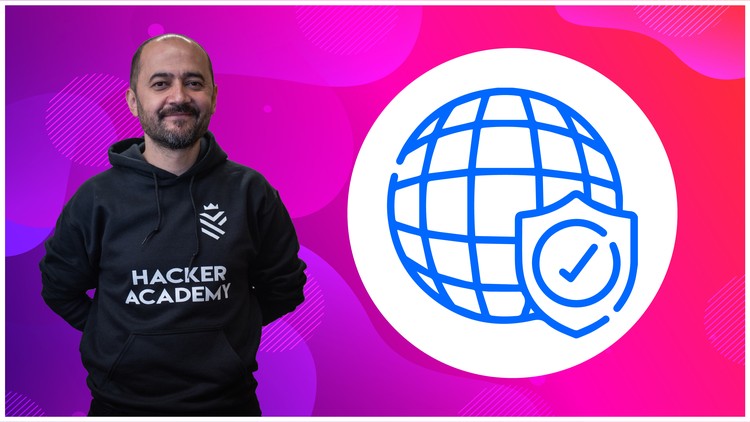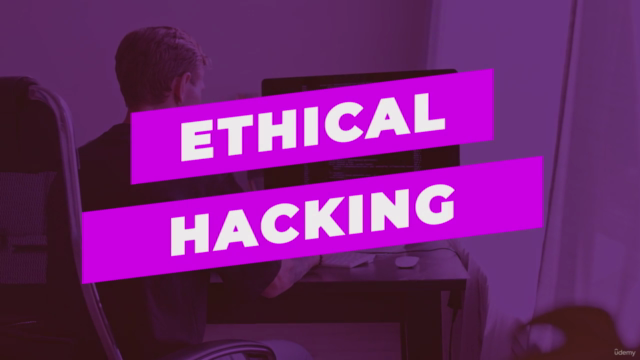Ethical Hacking: Network Security & Network Layer Attack

Why take this course?
¡Hola! It seems like you've provided a detailed outline for a comprehensive Ethical Hacking: Network Security & Network Layer Attack course. This course covers a wide range of topics, from network fundamentals to specific attacks at the network and data link layers. Here's a summary of what the course includes:
-
Network Fundamentals: This is an introductory part for beginners or as a refresher for those with more experience. It covers essential concepts such as IP addressing, subnetting, Ethernet operations, ports and protocols, and the OSI model. The goal is to help students understand how IP addresses and MAC addresses work, the difference between routers and switches, and the operation of networks at a fundamental level.
-
Network & Data Link Layer (Layer 2) Attacks: This practical part of the course involves setting up a lab and installing necessary software to practice penetration testing on your own machine. You will learn about various attacks and techniques, including:
- MAC Address Table Overflow (MAC flooding)
- ARP Cache Poisoning (ARP spoofing)
- DHCP Starvation and DHCP Spoofing
- VLAN Hopping
Throughout the course, you will encounter various tools and software such as:
TCPdumpandWiresharkfor network analysis and monitoringnmap,Nessus, Metasploit, and other penetration testing tools- Kali Linux, which is a popular distribution for ethical hacking and penetration testing
The course also touches on:
- Ethical hacking and penetration testing
- Bug bounty hunting
- Website and web hacking
- Social engineering and phishing
- Open Source Intelligence (OSINT)
- Password creation, identity management, access control lists, port security in network devices
It's important to note that this course is designed for educational purposes, and the skills learned should only be used under authorized conditions. Ethical hacking is about understanding vulnerabilities to make systems more secure, not to exploit them for malicious purposes.
The course promises to take students from a beginner level to a more advanced understanding of network security and network layer attacks. It emphasizes both the theory behind these concepts and their practical application, ensuring that learners are well-prepared to tackle real-world challenges in cybersecurity.
Remember, the use of knowledge gained from such courses should always be within the bounds of legality and ethics, and only with permission when testing network security.
Course Gallery




Loading charts...